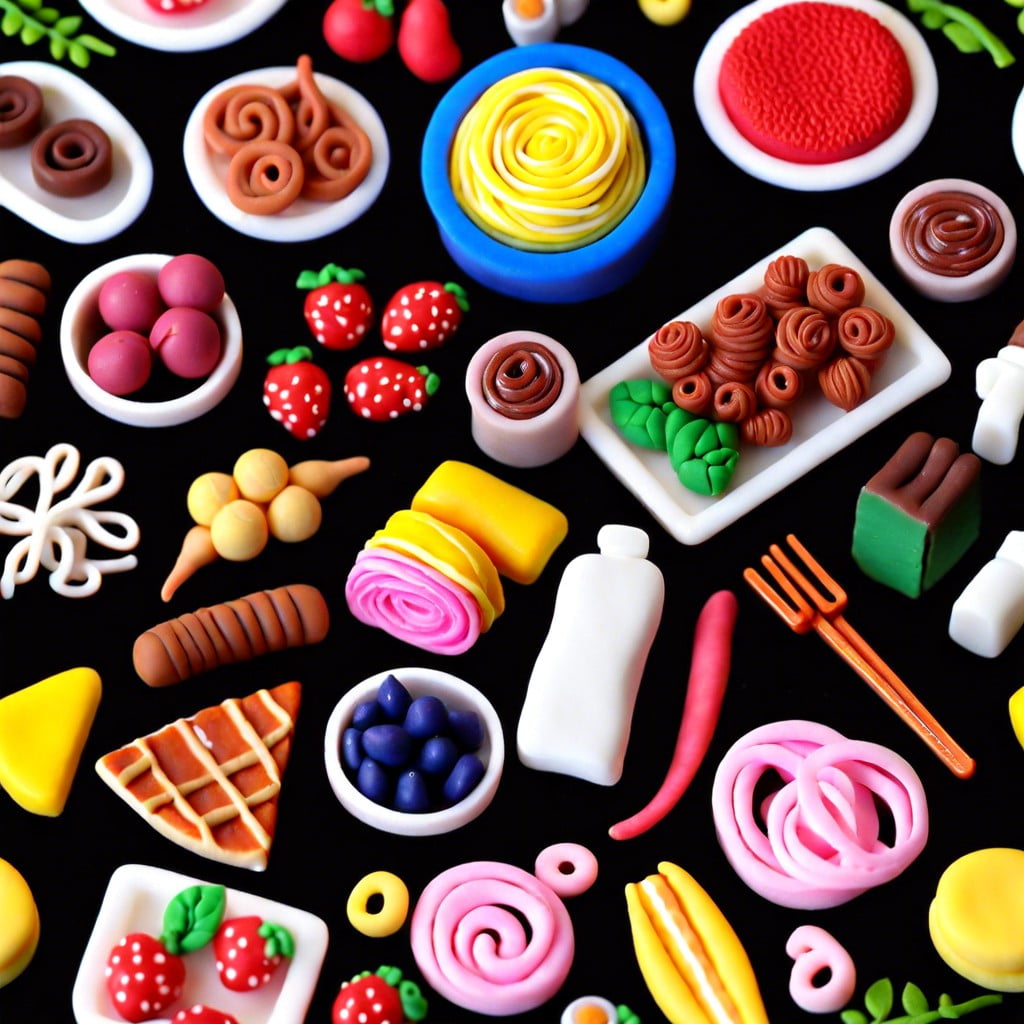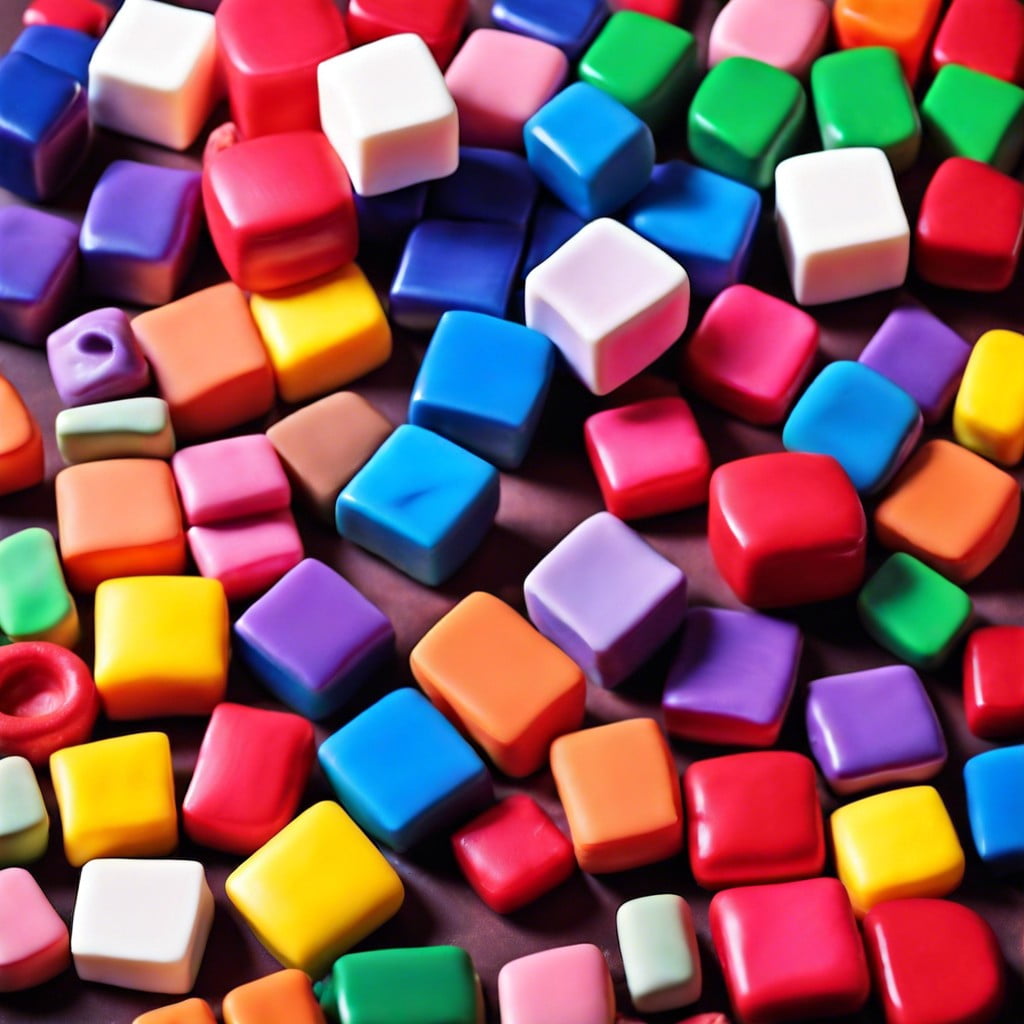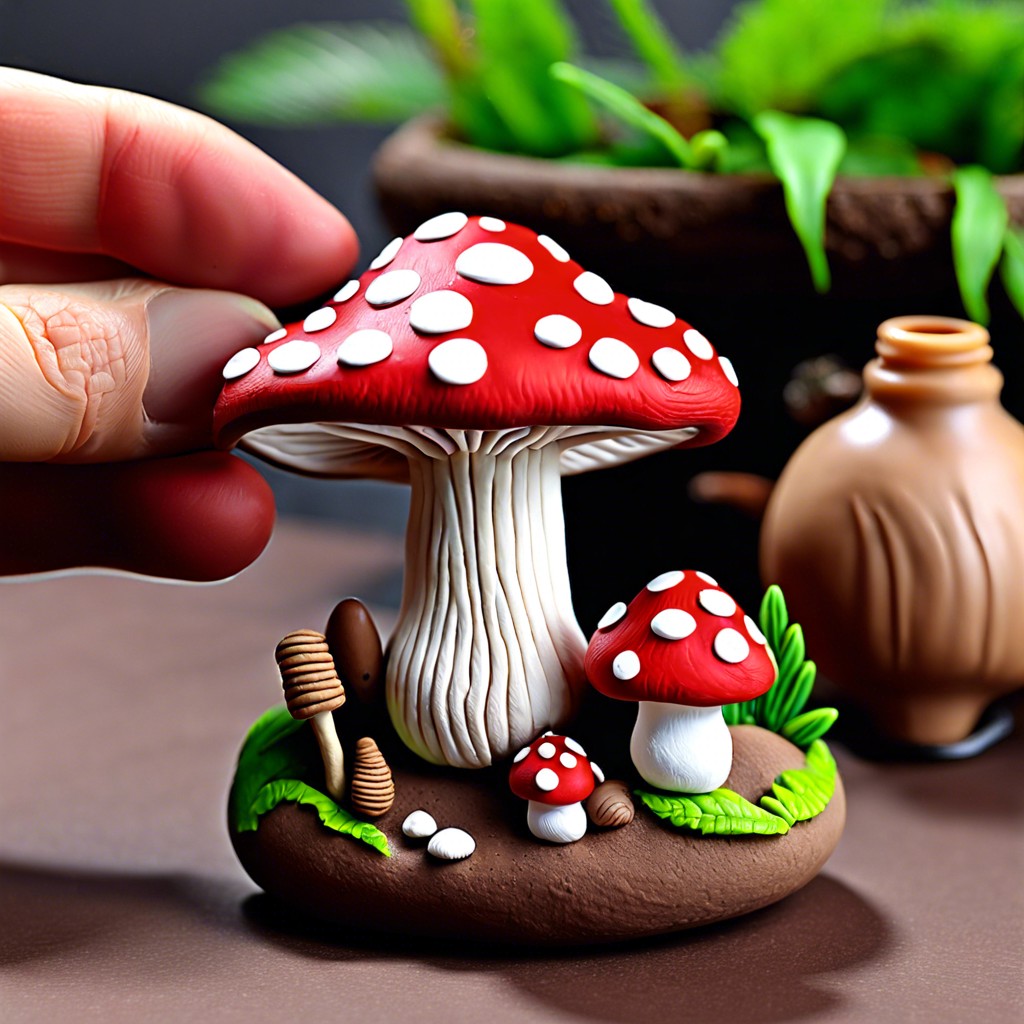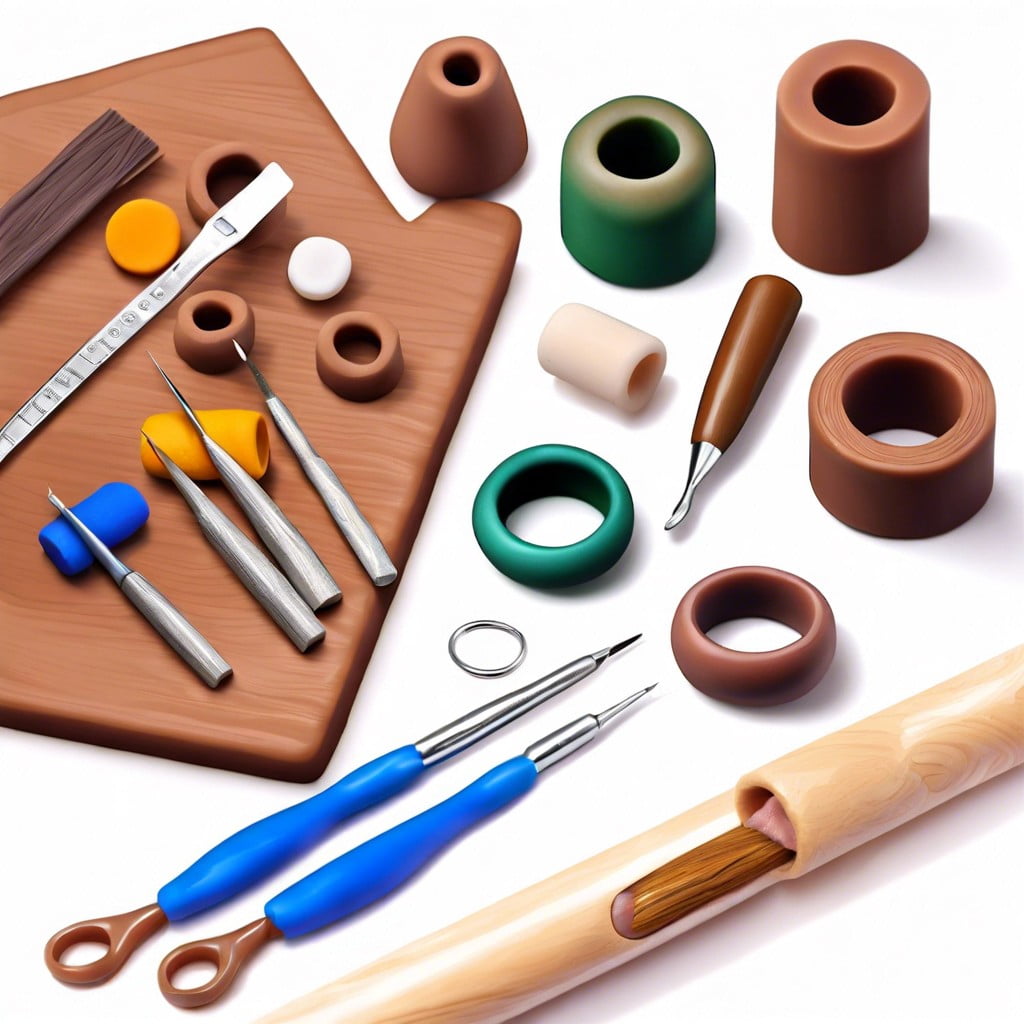This guide offers easy-to-follow instructions on how to create your own beautiful DIY projects using polymer clay.
Key takeaways:
- Polymer Clay Projects: DIY Tutorials for Home and Hobby
- Materials needed: clay, work surface, tools, oven, glaze
- Choosing the right clay: consider texture, color, and durability
- Creating textures: use tools or household items for patterns
- Baking clay: follow temperature and time guidelines, use thermometer
What You Will Learn
Materials Needed for Polymer Clay Projects
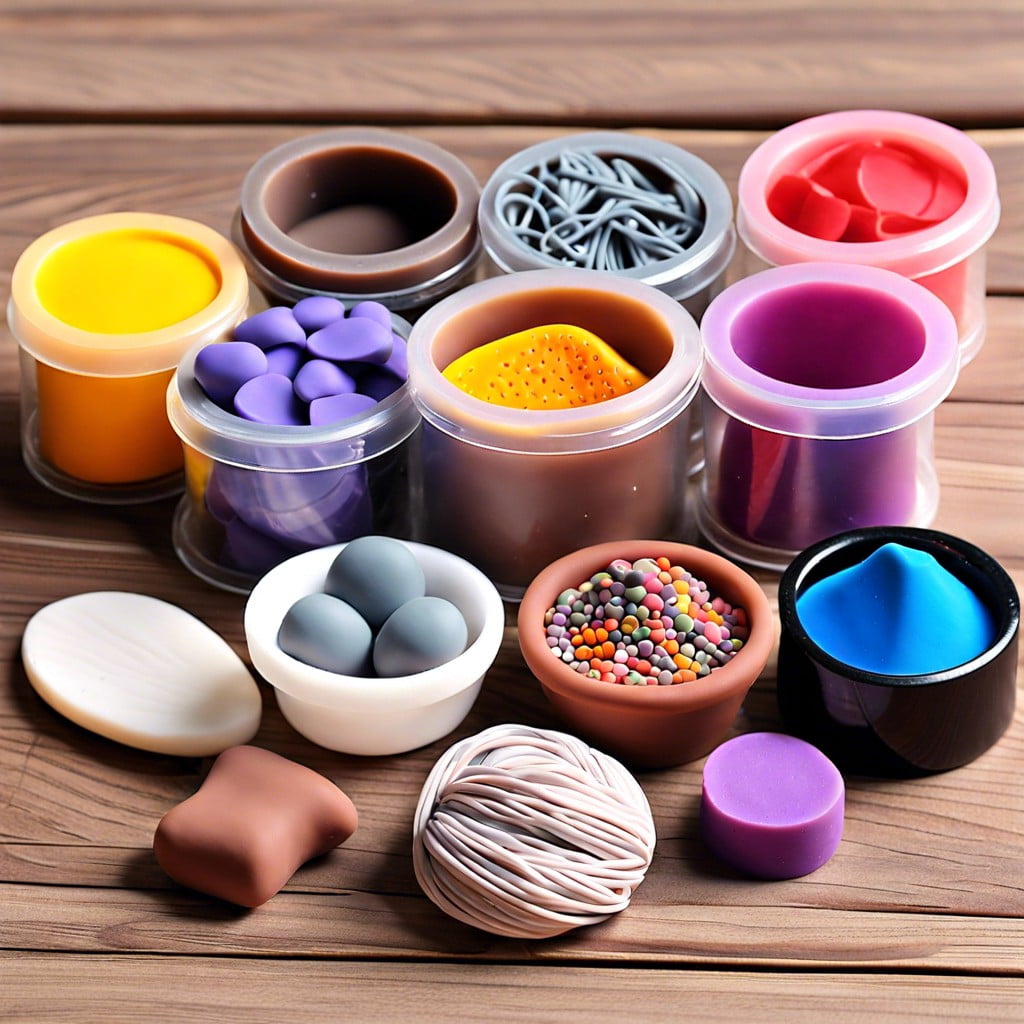
Before diving into your craft, gather the following essentials:
- Polymer Clay: Available in a variety of brands and colors; select according to desired finish and workability.
- Work Surface: A smooth, clean, and non-porous surface such as glass or ceramic is ideal.
- Rolling Tools: A rolling pin or pasta machine ensures an even thickness of clay.
- Blades and Cutting Tools: Sharp blades for slicing clay and cookie cutters for shapes.
- Oven: A home oven is typically sufficient for curing polymer clay, but a dedicated clay oven is recommended for frequent use.
- Oven Thermometer: To monitor the baking temperature accurately and prevent burning.
- Sculpting Tools: For adding details and textures.
- Glaze or Varnish: To seal and protect finished pieces, if desired.
Quality tools can make a significant difference in the outcome and enjoyment of your projects, so invest wisely.
Choosing the Right Polymer Clay for Your Project
Selecting the appropriate polymer clay depends on the end goal of your project. Soft and pliable varieties, like Sculpey III, are excellent for beginners due to their easy conditioning. For detailed sculpting, a firm clay like Fimo Professional ensures precision. If you’re mixing in additives or pursuing techniques like caning, Premo Sculpey retains patterns well after mixing.
Consider the finished product’s durability. Brands like Kato Polyclay harden to a robust finish, making them ideal for creating jewelry or items that undergo frequent handling. Translucent effects are achievable with specialized clays, such as Pardo Art Clay, which can mimic the look of glass when baked correctly.
Color choices also play a role. Some clays come in vibrant, pre-mixed colors, reducing the need for paints after baking. However, for custom hues, starting with a white or neutral base clay is best, as it allows for true color mixing.
Lastly, factor in baking requirements. Different clays may have varying temperature and time needs; choosing one that aligns with your oven capabilities ensures optimal results. Always read labels and follow the manufacturer’s instructions for the best outcomes.
Creating Textures in Polymer Clay
Incorporating diverse textures into polymer clay can add depth and interest to your project. Start by choosing tools, such as texturizing sheets, stamps, or even household items like toothbrushes or lace. Press these objects gently into the clay’s surface to create a pattern or design.
You can also use sculpting tools to etch fine lines or make indentations by hand for a more organic feel. One effective technique is to roll small beads or other shaped pieces across the clay’s surface to impart texture. Lastly, consider layering different textures for a complex effect, but be mindful of how they’ll interact visually and tactilely.
Remember, experimentation is key—don’t be afraid to try various methods to achieve the texture you desire.
Baking Polymer Clay: Time and Temperature
Successful curing of polymer clay hinges on adhering to the manufacturer’s specified baking time and temperature. Generally, it requires temperatures of 265-285°F (129-140°C) and can range from 15-30 minutes per 1/4 inch (6mm) thickness.
Utilize an oven thermometer to verify your oven’s accuracy, as fluctuations can lead to underbaking, which compromises the clay’s durability, or overbaking, which can cause discoloration or burning. Place your work on parchment paper or a ceramic tile to ensure even heat distribution and prevent sticking.
To retain the desired shape, some creators opt to tent their pieces with aluminum foil, shielding them from heat spikes and maintaining color integrity. Remember, every oven is unique; a test bake beforehand with a sample piece can help fine-tune your process.
It’s important to let the pieces cool gradually in the oven once baked, minimizing the possibility of cracks or breakage.
Polymer Clay Project Ideas: Overview
Embarking on a polymer clay project is an exciting way to express creativity. Here are some ideas to spark your imagination:
- Jewelry: Craft earrings, necklaces, or bracelets with intricate designs or simple charms.
- Home Décor: Create custom knobs for cabinets, coasters for your table, or plant pot embellishments.
- Miniatures: Sculpt detailed miniatures for dollhouses, fairy gardens, or as standalone art pieces.
- Ornaments: Make festive decorations for holidays or special occasions, personalizing them for gifts.
- Functional Art: Produce items like keychains, bookmarks, and pens that blend utility with aesthetic appeal.
Keep in mind that each project can be tailored to any skill level, whether you’re a beginner looking to make simple beads or an experienced artist sculpting complex figures.
FAQ
What can you make with polymer clay?
Polymer clay can be utilized to craft a wide array of items such as modern earrings, colorful jewelry, miniature figures, beads, as well as home decor items including ring dishes and candle holders.
Is baked polymer clay waterPROOF?
Yes, baked polymer clay is waterproof since it’s oil-based and doesn’t require any sealant.
Is polymer clay easy for beginners?
Yes, polymer clay is easy for beginners to use, especially when they have learned some handy tips and tricks.
How does temperature affect the curing process of polymer clay?
The curing process of polymer clay is significantly affected by temperature as insufficient or excess heat can prevent the clay from hardening properly, leading to brittleness or incomplete curing.
Is polymer clay safe for kitchenware use?
No, polymer clay is not recommended for kitchenware use as it is porous and potentially harmful if ingested.
What is the longevity and durability of polymer clay under various environmental conditions?
Polymer clay withstands various environmental conditions well and can last many decades without significant signs of wear, provided it is not excessively exposed to UV light or extreme temperatures.
Related reading:
